
The newest modern architecture design concept is called Dynamic Architecture. Modern architecture skyscrapers will keep moving, forever changing their shape to better fit nature and your imagination. Dynamic Architecture reveals three major innovations: changing shapes, industrial production of units and self-production of clean energy.
Dynamic Architecture buildings follow the sun and move to the wind, making modern architecture design more efficient and environment friendly. Dynamic Architecture buildings keep modifying their shape. As each floor rotates separately, the form of the building changes constantly, bringing new views and experiences; from now on, modern architecture will not be confined to rigid shapes; construction will have a new approach and flexibility. Cities will change faster than we ever imagined.
The construction method and the ability to produce energy on its own are two of the most outstanding features of Dynamic Architecture buildings. These buildings are made of prefabricated units, custom-made in a workshop, to fit very high quality standards, resulting in fast construction, cost savings and fewer people on site.
Italian-Israeli architect, David Fisher, unveiled his design for a Dynamic Architecture based skyscraper combination of a hotel, apartment and office tower in Dubai.
You’ve got to see it to believe it!





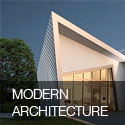


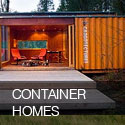
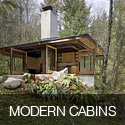
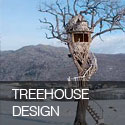
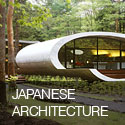




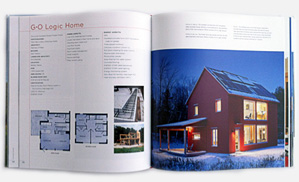
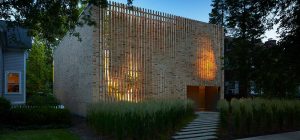
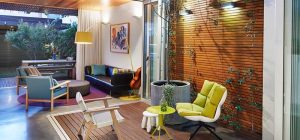
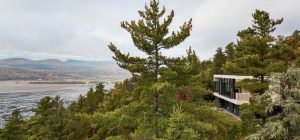
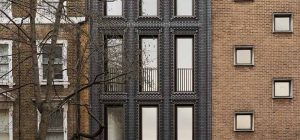
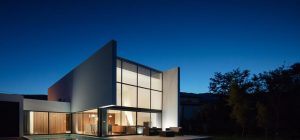
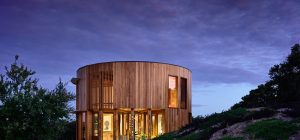
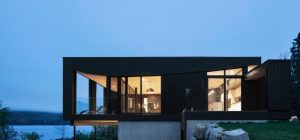
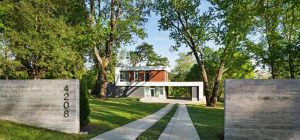
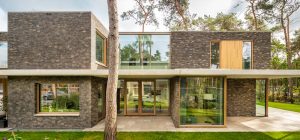
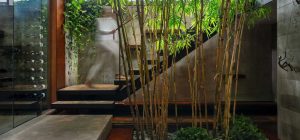
c’est parfait. c’est mon reve.
I like the building and the structural features how would you come upon building that
Wow !!!! intresting
If the idea of this project is to capture solar enegy and deflect or capture wind energy then surely it is much simpler to rotate these sensors around a static building. Cheaper, easier and can be retrofitted to existing builds. Like a big pole spindled around the building with sensors that creep up and down and therefore around the building depending on current environment.
i think only the exterior building was moving.. but the floors inside of it was stable.. maybe David was a cool person to create a design like that.. i wish i can design like David did.. soon here in Philippines..
It seems like they just too Calatrava’s Turning Torso building and made it too literal…
I would be curious as to what the program of the building is that would necessitate or lead to rotating – but a building that rotates for the sake of rotating doesn’t impress me.
Quick question, who thought skyscrapers with elevators was possible back in the 19th century? I’m sure the first conception of the idea triggered several doubts in the minds of the inventors. But over time, the idea gets refined and voila! it comes to life. I deem this idea mostly possible than impossible. And for the seemingly impossible aspects of the idea, there is certainly a way around it.
hey ,its a kinda simply superb.
the architect whose intellectual idea has been transformed into this beautiful building is a god’s gift to this modern world
becoz you, me or not everyone has got such a beautiful idea till now
when someone makes something complex, he always knows the best ways to avoid confusions
so, i dont think so there will be confusions in this building
surely there will be simple ways to avoid confusion
cherryberry, I believe it’s a fixed core with attached rotating segments. The stairs should be part of the movable segments so one will always enter through the same space
an individual has its unique designs……bravo to all who have found their own..
i am an architecture student in our country..i wanted to learn more about this field to find my own ability and standing in this profession..and as i further researched on foreign designs,they are so magnificent..i can’t picture myself competing in this field, but i would like to give my best to achieve my goals..
This step is one step for future .Ofcousre when there is some problem than their must be solution. With the pasage of time these problems will be cater
Q1.IF IT HAS CENTRAL CORE THAN ON WHICH BASE OF STRENTH IT WILL STAND?
Q2.HOW IT WILL CARRY THE WIND LOAD?
Q3.IN THE CASE OF FIRE HOW THE EXTENSION WILL WORK..?
srry for again but…
and if theres a central core or whatever, how can that be where the stairs are etc… because that would mean that your door is constantly moving place and that would be really annoying and confusing!
this building is so cool. but probably wont work very well. people might like buy bits of it just coz it looks really but theyll end up selling it coz its kinda weird and yeah, annoying! 😛
Electricity:
I partially agree with Kenny’s idea about the electricity. However, when the floor began to rotate, wouldn’t the connection be severed, rending no power to the floor while in rotation?
Then again, if his idea were that the contacts would always be touching the central core, it would also be a problem in that the central core is essential for use in plumbing and getting from floor to floor.
Plumbing
The sprinkler system issue could be resolved easily, I think, by simply reserving water in a tank on the ceiling of each floor. Strategically placing fire extinguishers would also be a plus. Thirdly, fire is not often a problem in skyscrapers.
Solar Energy
Also, Katy, satellite dishes are not required. That would seem to defeat the purpose of having windows. Instead, solar detecting glass could be used to sense where the sun was; I’ve seen it used.
Major Design Problems
That is not to say that this buildings flaws cannot be still observed. It seems to be built on the premise that it can gather solar and wind energy. While putting solar panel window devices might be a good idea, it is not necessary for the building to rotate in order to gather the sunlight, assuming that the devices are located on all sides of the building.
Even in the lightweight windmills that gather wind energy, the gusts must be very strong in order to turn the turbines. What made David Fisher think that it would be strong enough to rotate an entire floor of a building?
Lastly and probably mostly overlooked, what kind of person would work or live in a skyscraper that rotated? Don’t you think it would get a little tedious after a while, never reliably having the same view out of your window? And, let’s assume for a second that this thing actually would turn in the wind; how fast would it turn? If it were to turn fast enough to actually gather a significant amount of wind energy, don’t you think it would turn fast enough to make people sick?
Honestly, I liked the idea when I first saw it. I thought, how interesting, intriguing, and clever. But as I read your comments, I started to recognize that this design had it’s flaws. And there are many of them. Hopefully Mr. Fisher has since rectified these in his design, and can present a more stable plan in the future.
The electrical part would be easy. Just think of how some mass transit systems get electricity. There are other ways to move electricity other than wires. You would simple have a solid piece of metal around the core that contacts would touch from the rotating part of the building. This would be a very high voltage contact point so safety would be a big issue. But it could be done fairly easy.
Other than all of the plumbing being houses in the core I can’t imagine what they would do. BUT, even if all plumbing/restrooms are in the core they will still need water for a sprinkler system.
But I do like the concept… I think I’m gonna go create a 3 story house in autoCAD based on this idea.
THE HOUSE IS VERY VERY WELL BIG HOUSE THANKS
nop sorry i disagree with katy’s idea. it doesn’t make any sense! how can there be a rotating wire under the ground that doesn’t get tangled up if the floors move independantly and not in synchronization?
yeah i agree with the central core idea. all the electrical wiring etc… must be inclusive in the walls around the core section. at the bottom i.e. under the ground floor where the foundations are etc… the wires meet up just like any other electrical parallel circuit would. also, where the wires meet there is probably a rotating wheel which turns when the floors turn, meaning that they won’t have to stretch or break but will turn and adapt to the shape of the floors.
as to the issue of how it moves because of the sun’s light, it is actually quite simple: there are satellite dishes on the top of the building and on the exterior walls of all the floors. the building’s energy to turn is run by solar power which means that it needs to be facing the sun at the right direction in order for this to work. to be facing the right direction, the sun’s light must trigger a mechanism in the buildings which cause the core to move and adjust to the sun’s light and direction; almost as if it is rotating around it as the earth rotates around it.
does that make sense? do you understand it now?
it is so cool
It is an amazing concept by itself. (makes me feel like the Jetsons 🙂
This form of modern design really goes above and beyond anything ever drawn up to this date. The idea of even having an offset shape on a building was somewhat of an edge. Now having a skyscraper capeable of adapting to the ever changing surroundings such as weather or sun, let alone creating its own power supply to do so. A real inspiration, and hopefully it will hold a firm place in future architecture.
frends, i think nuve is right…i guess there must be a central core/ shaft around which the building rotates, just like the axis of earth….all the technical services must be housed there like plumbing etc[ cause even that will be a issue…]
also think how the electricals must have been taken care of?????
plumbing to can be simplified by providing services in the core so that toilets open on that sides.
this is to cody
to get from floor to floor, i think there will be a solid space in the middle of the buildin that doesnt rotate.
This idea is nice how David come up with it? I cant wait to see one in person!
how do you get from floor to floor?